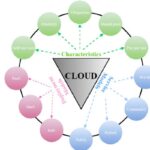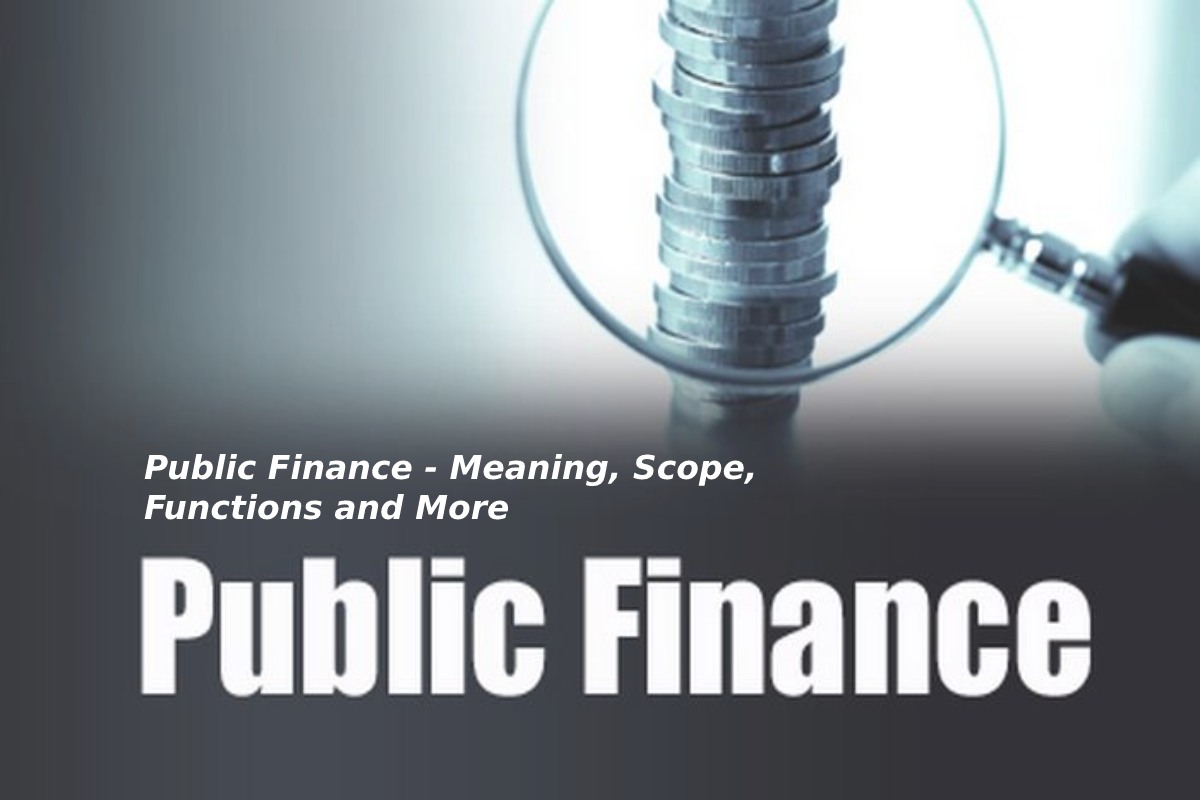What are Public Finance?
Public Finance is the study of finance related to government entities. It revolves around the role of government revenue and expenditure in the economy.
In his book Principles of Public Finance, Professor Dalton states that “public finances are about the income and expenditure of public establishments and the change to each other.”
According to this definition, it can be unspoken that public finances deal with the income and expenditure of the government entity at any level, be it central, state, or local. However, in the current context, public finances have a broader scope: they study the impact of government policies on the economy.
Let’s understand the scope of public finances to know how public finances impact the economy.
Also Read: What is Personal Marketing – Definition, Characteristics, and More
The Scope of Public Finance
Professor Dalton classifies the field of public finance into four areas as follows:
Public Revenue
As the name suggests, government revenue refers to government revenue. The government obtains revenue in two ways: tax and non-tax revenue. Tax revenue is easy to recognize. It is the tax paid by the country’s inhabitants in income tax, sales tax, customs duties, etc. On the other hand, non-tax income comprises interest income from lending money to other countries, rents and income from public property, donations from global organizations, etc.
This field studies taxation methods, income classification, ways of increasing government revenue and their impact on the budget, etc.
Public Expenses
Public spending is the money paid by government entities. Logically, the government will spend money on infrastructure, defense, education, health, etc., for the growth and well-being of the country.
In this area, the objectives and classification of public expenditure, the effects of spending in different sizes, and public spending on various factors such as employment, production, growth, etc.
Public Debt
When government spending exceeds government revenue, the gap is bridged by borrowing money from the public or other countries or global organizations like the World Bank. These borrowed funds are public debt.
This area of public finances explains the weight of public debt, why it is necessary, and its effect on the economy. It also offers methods of managing public debt.
Financial Administration
As its name suggests, this area of public finances concerns the administration of all public finances, that is to say, general revenue, public expenditure, and public debt. Financial management includes the preparation, approval, and implementation of the government budget and various government policies. It also studies the impact of policies on the socio-economic environment, intergovernmental relations, external relations, etc.
Public Finance Functions
The Three Main Functions of Public Finance are:
The Assignment Function
There are two types of goods in a budget: private goods and public goods. Personal interests have a kind of exclusivity for themselves. Only those who pay for goods can benefit from it, for example, a car. On the contrary, public goods are not exclusive. Everyone, whether they pay or not, can benefit from public goods, such as a road.
The Broadcast Function
There are significant differences in income and wealth in all countries of the world. These income inequalities affect society and increase the crime rate in the country. The distribution function of public finances is to reduce these inequalities as much as possible by redistributing income and wealth.
Measures to Achieve this Objective
In public finance, three main measures to achieve this objective are defining as:
- A system of fiscal pass-through or the use of progressive taxes, that is, in simpler terms, to levy advanced taxes on the rich and grant subsidies to the lower incomes.
- Progressive taxes can finance public services such as affordable housing, health care, etc.
- A higher tax may be applied to luxury goods or goods purchased by the high-income group. Feb or example, higher tariffs on luxury cars.
Also Read: The Power Digital of Marketing in SMEs












